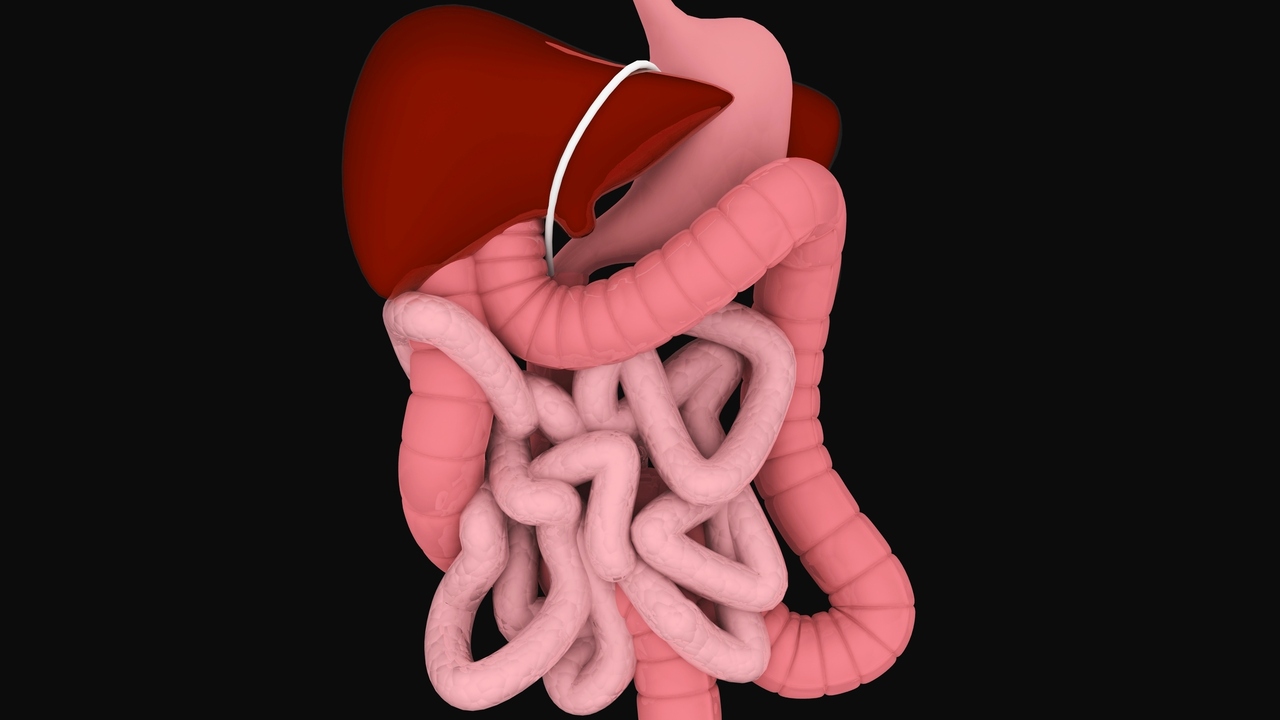Histoplasmosis is a fungal infection that can cause serious illness in patients with compromised immune systems, including rheumatoid arthritis patients who take immunomodulatory drugs.
Timothy C. Olson and colleagues at the Mayo Clinic, Rochester, Minnesota, performed a study of patients who developed both rheumatoid arthritis and histoplasmosis and were seen at the Mayo Clinic between 1998 and 2009. They found that 58 percent were on anti-TNF medications, and 88 percent were on multi-drug regimens.
“Patients with rheumatic diseases including rheumatoid arthritis (RA) are at increased risk for infections related to both the disease and its treatments,” Olson wrote. Anti-TNF drugs target a signaling molecule in the immune system called tumor necrosis factor. These drugs are powerful anti-inflammatory agents.
Adalimumab (Humira), infliximab (Remicade), and etanercept (Enbrel) were the anti-TNF drugs used by patients in Olson's study. Other drugs treat rheumatoid arthritis by different mechanisms. Olson's study included patients taking methotrexate, prednisone, hydroxychloroquine, and leflunomide.
“It is prudent to discontinue anti-TNF agents at the time of infection,” Olson cautioned. Anti-fungal drugs are available to treat histoplasmosis. In Olson's study, most patients received at least six months of treatment with itraconazole or amphotericin, or both.
The lungs are the primary site of histoplasmosis disease, but the infection can spread to many parts of the body. In Olson's study, 46 percent of the patients had severe disseminated disease beyond the lungs.
Olson encouraged rheumatoid arthritis patients and physicians to be alert to the possibility of histoplasmosis infection. “There are no accepted screening strategies to assess patients at risk,” he explained.
Fever was the most common symptom that led to a diagnosis. Diagnostic tools used in the study were chest imaging, histoplasma antibody tests, and fungal cultures.
The Centers for Disease Control and Prevention (CDC) provide more information about histoplasmosis on their web site. The spores of the fungus are widely distributed in the soil, especially in the eastern and central states.
Up to 80 percent of individuals in these areas have been exposed to the fungus, according to results from histoplasmin skin tests. Infection is caused by breathing the spores from soil. It is not transmitted from one person to another.
“Most infected persons have no apparent ill effects,” the CDC site explains. When symptoms do appear, they resemble the flu, with cough, chest pain, fever, and a general feeling of illness.
References:
1. Olson TC et al, “Histoplasmosis infection in patients with rheumatoid arthritis, 1998 – 2009”, BMC Infectious Diseases 2011; 11: 145.
http://www.biomedcentral.com/1471-2334/11/145
2. Centers for Disease Control and Prevention. Histoplasmosis. Web. Jan. 1, 2012.
http://www.cdc.gov/nczved/divisions/dfbmd/diseases/histoplasmosis
Reviewed January 4, 2012
by Michele Blacksberg RN
Edited by Jody Smith






Add a CommentComments
There are no comments yet. Be the first one and get the conversation started!